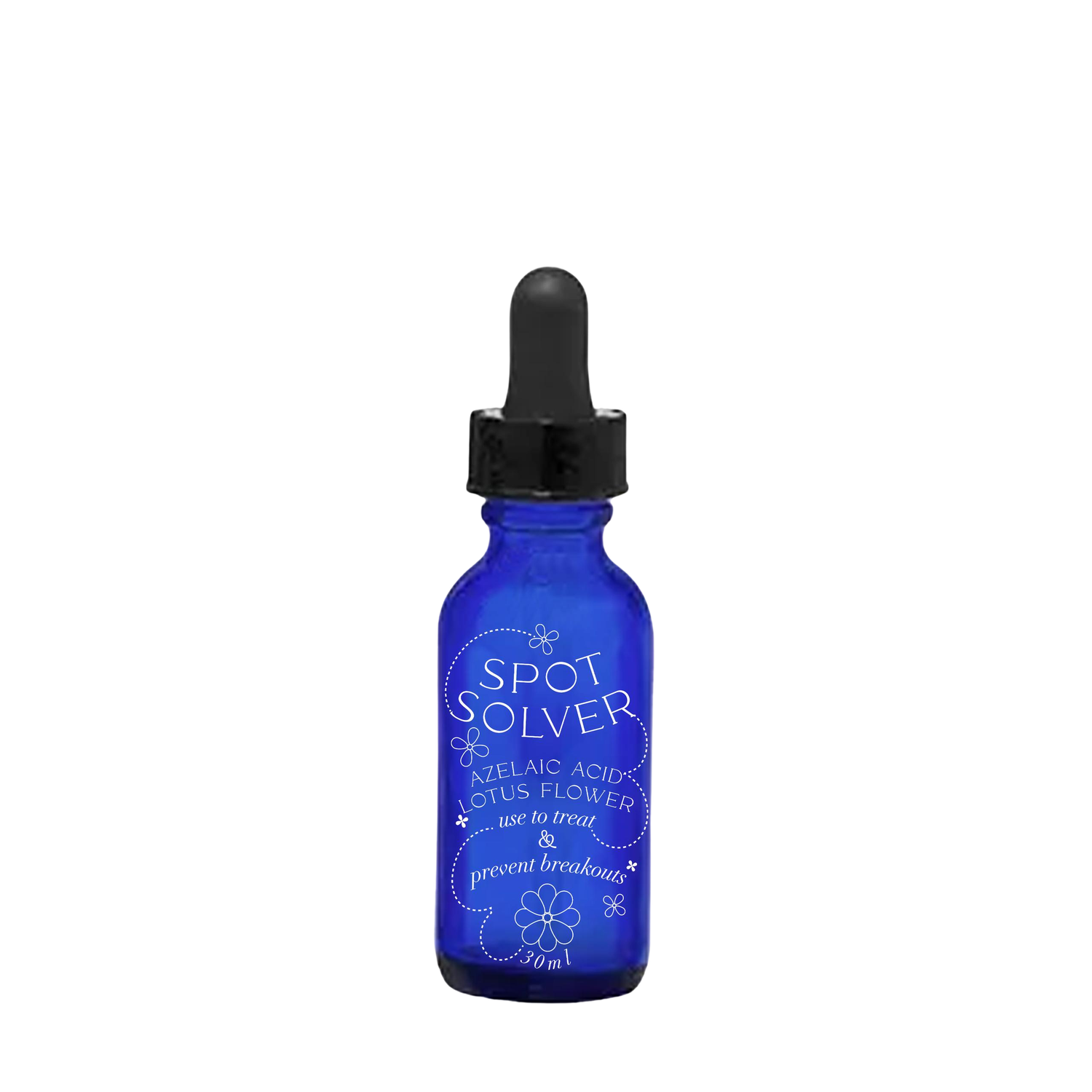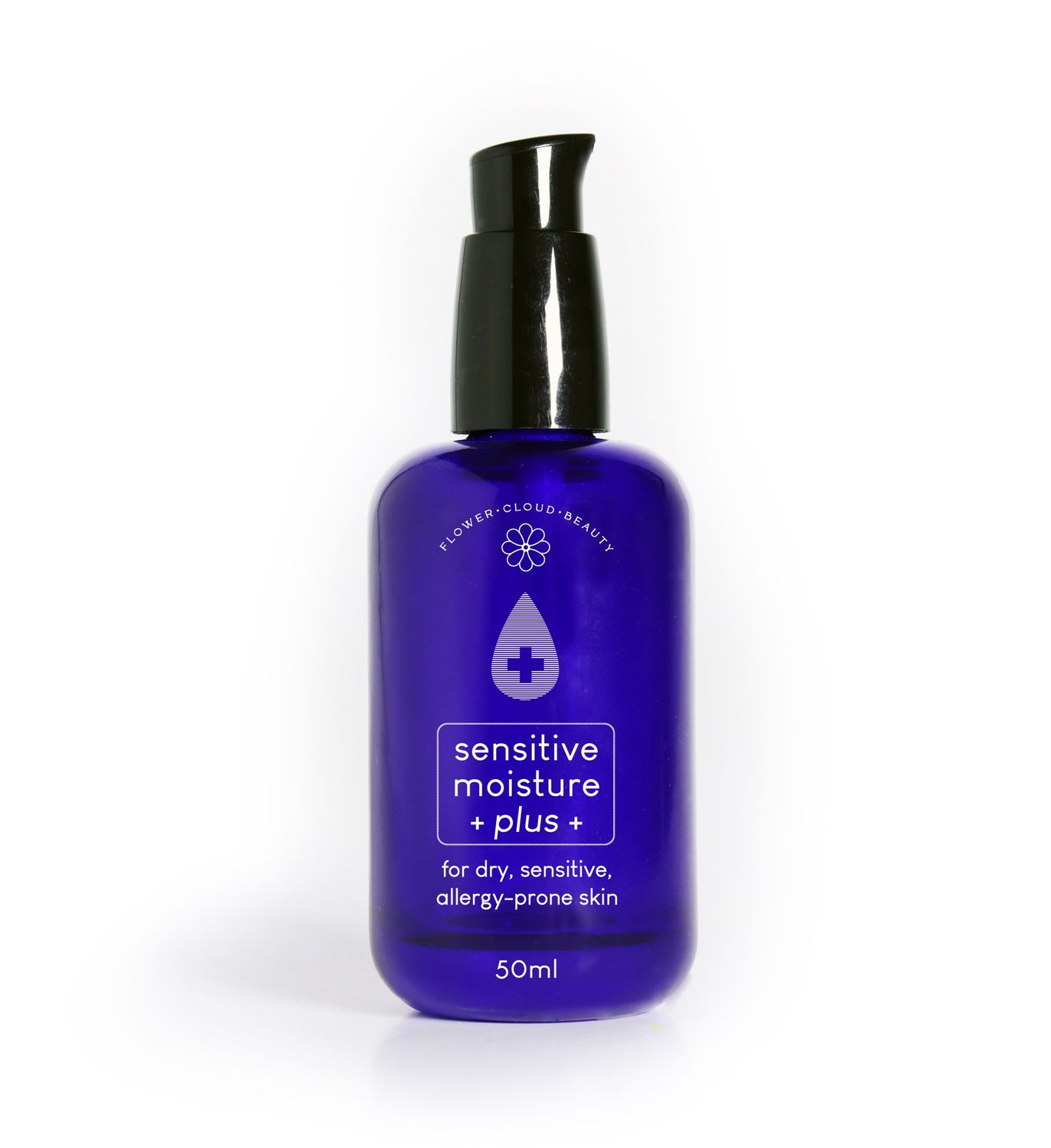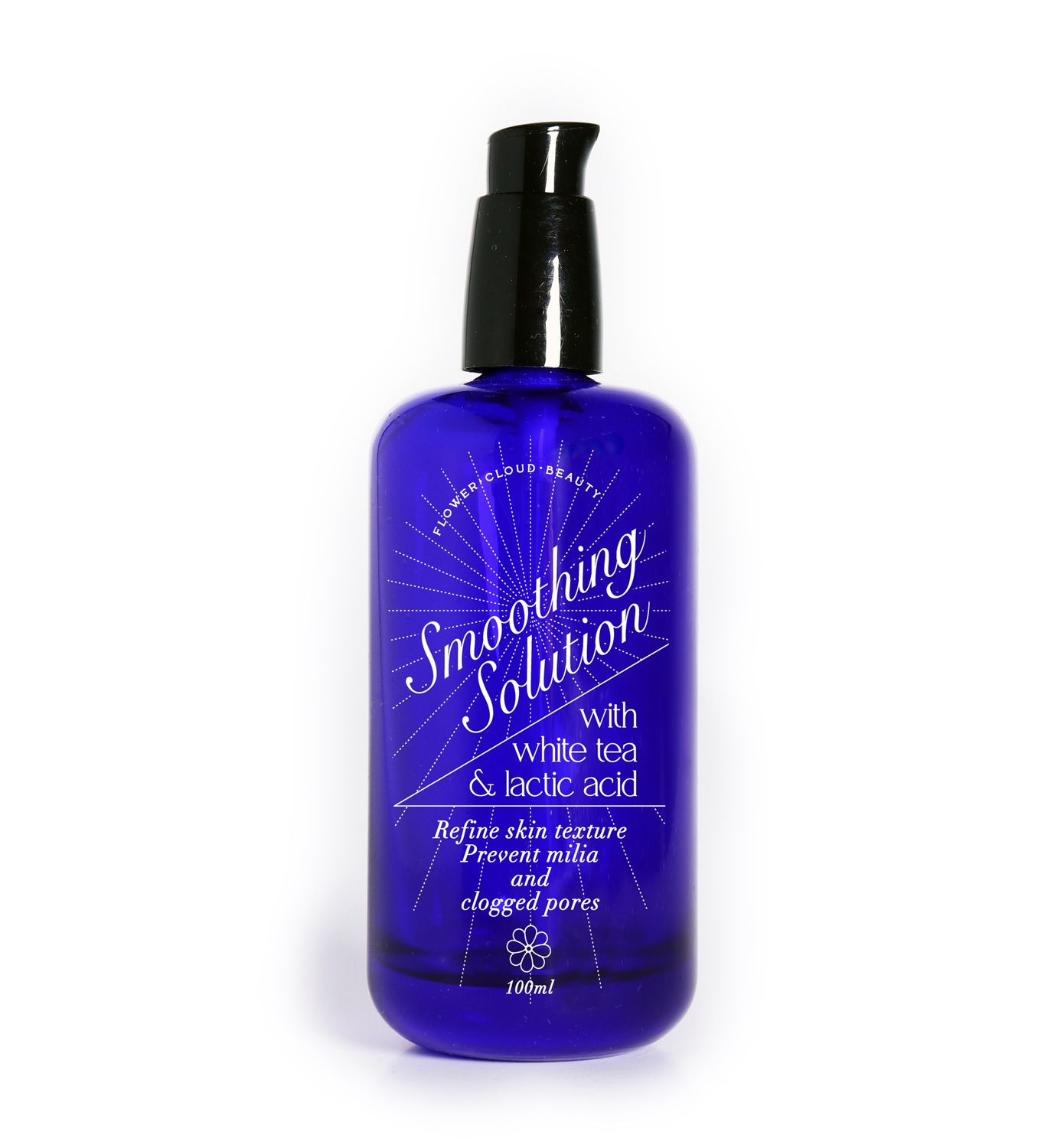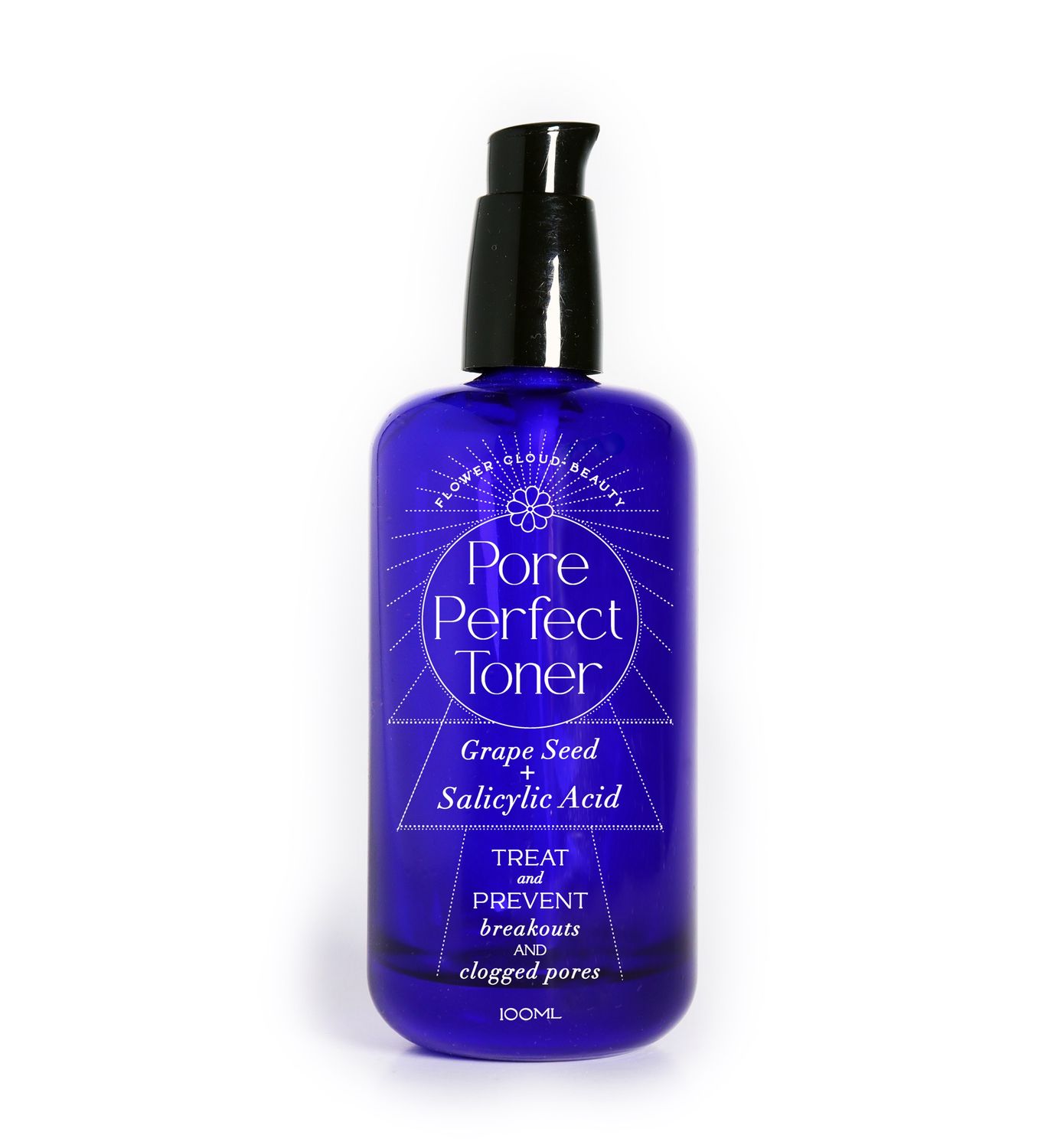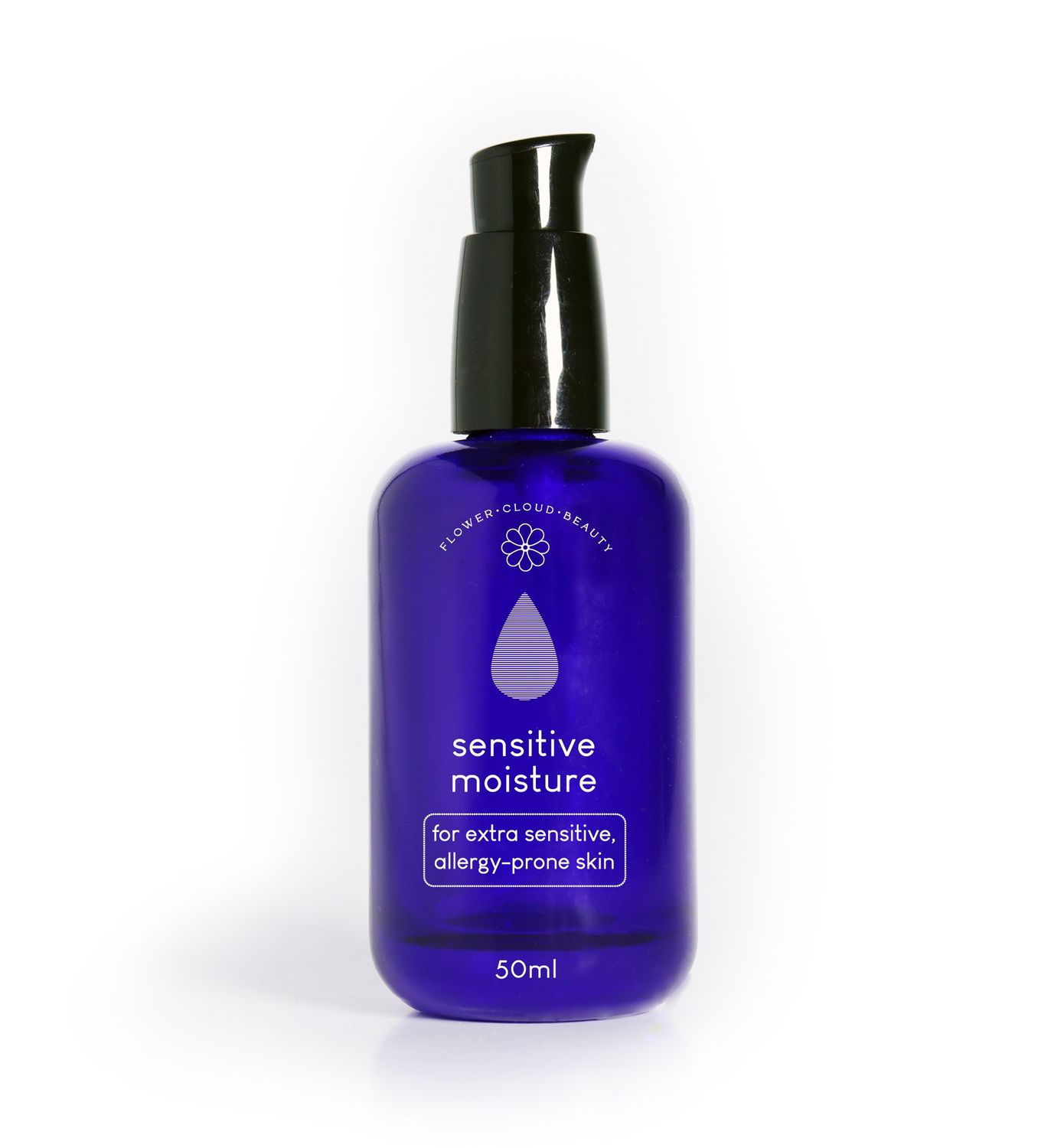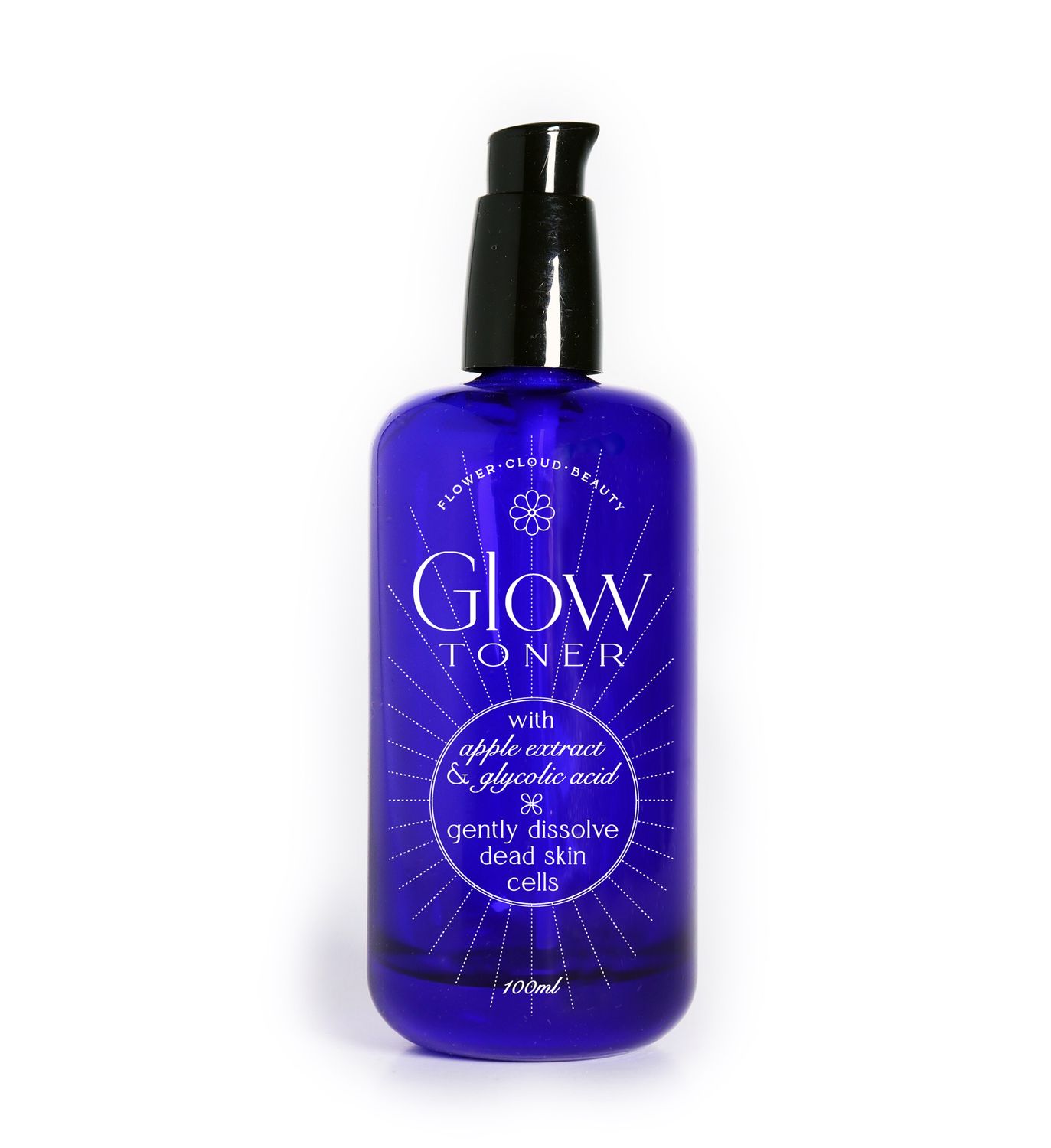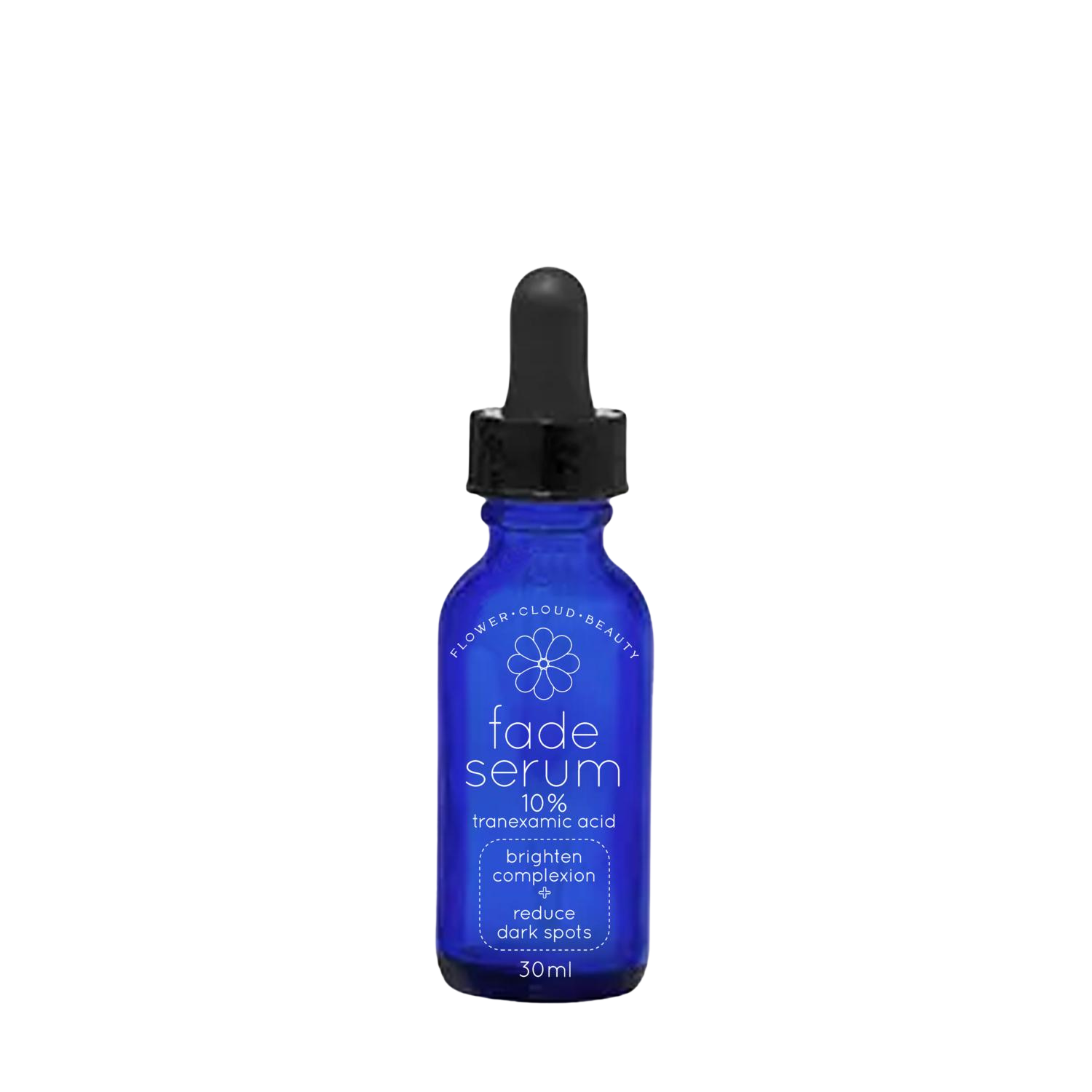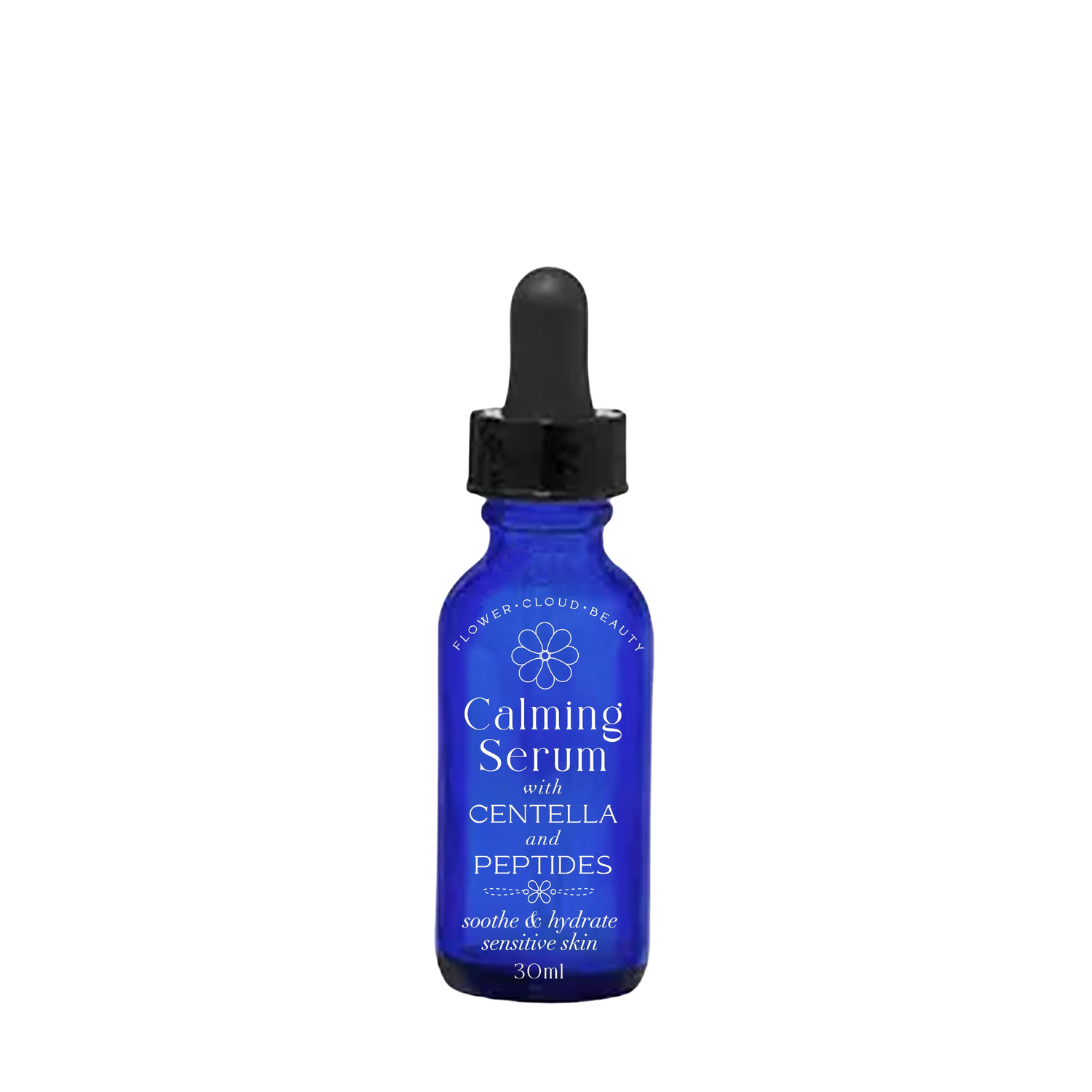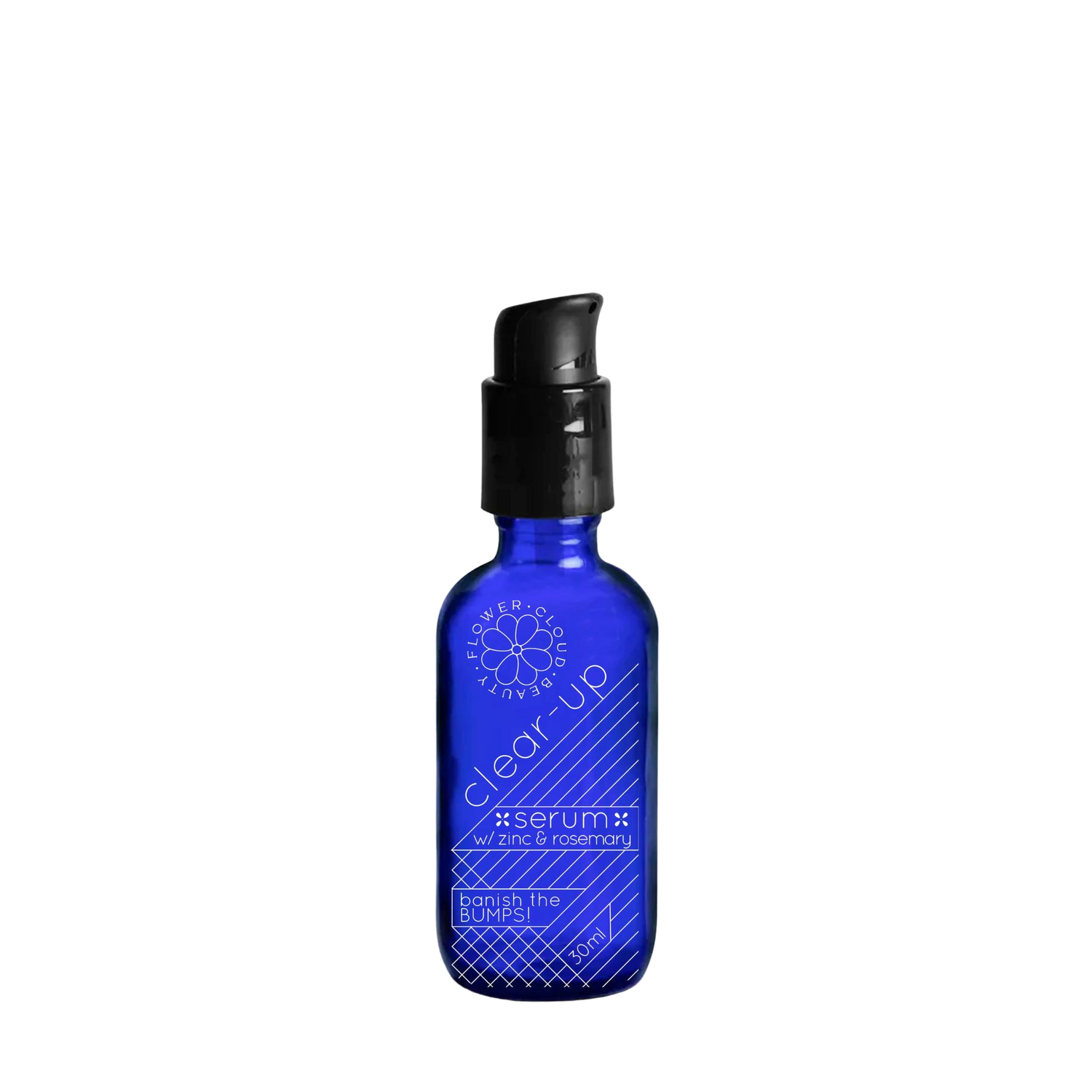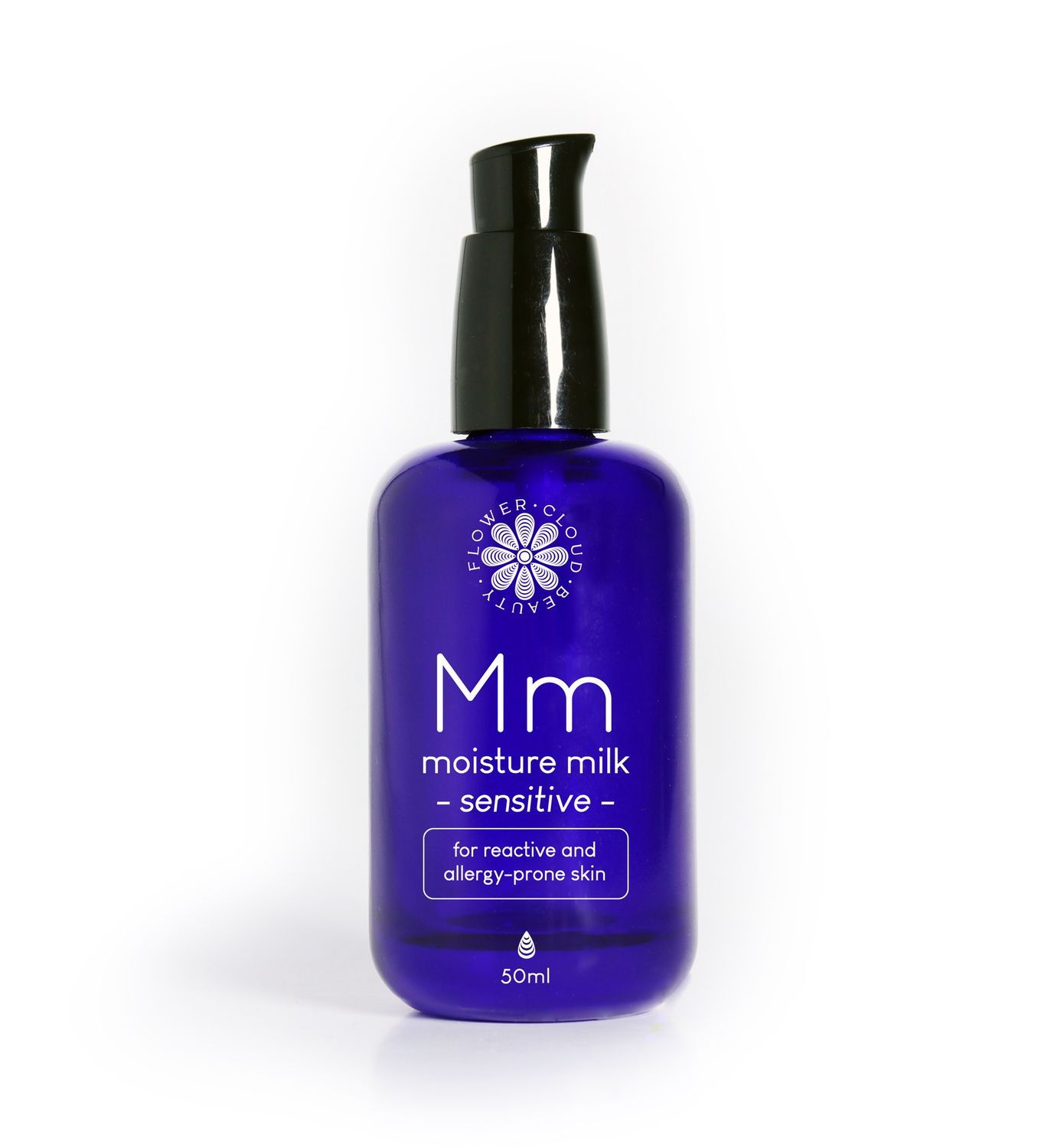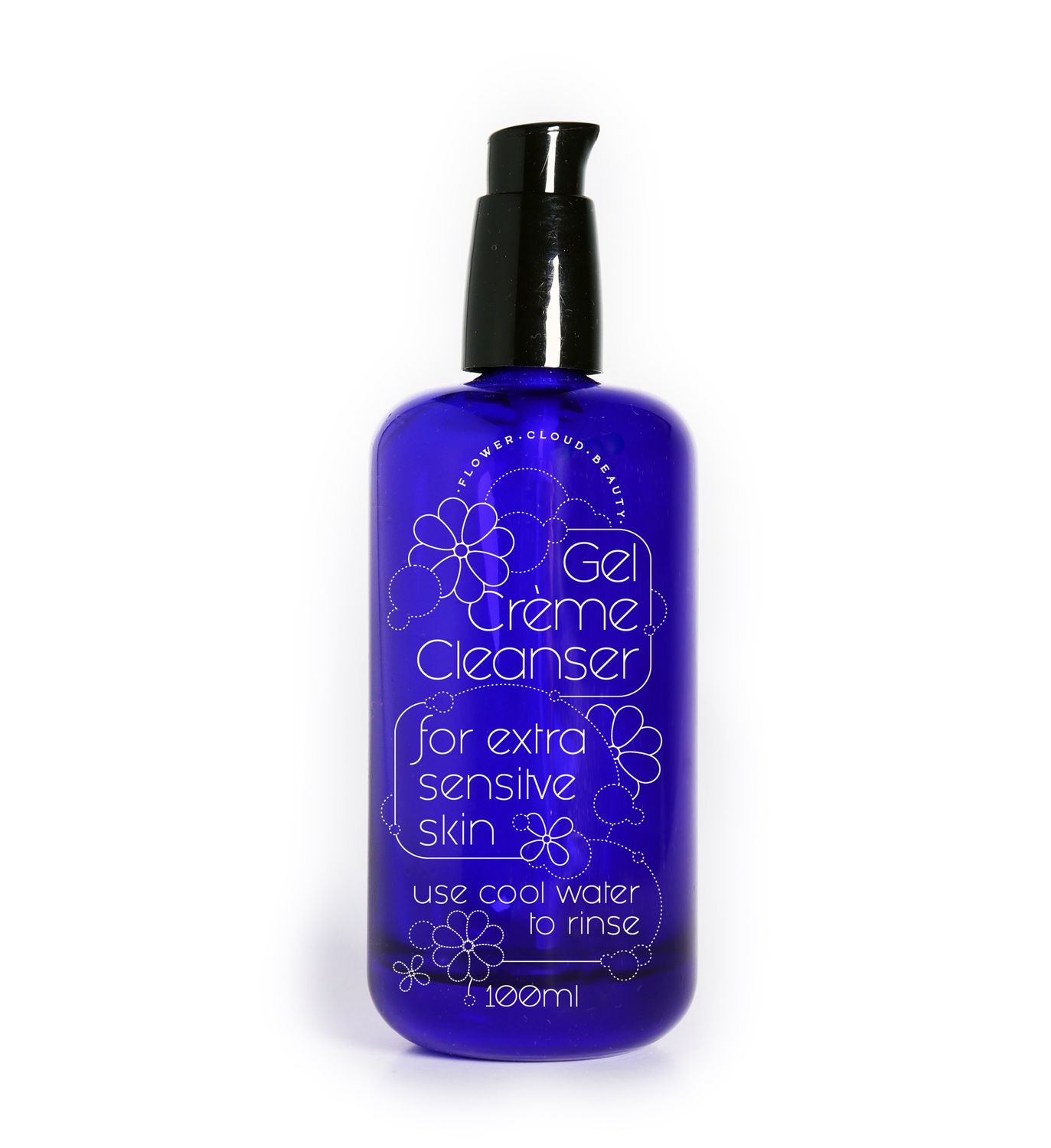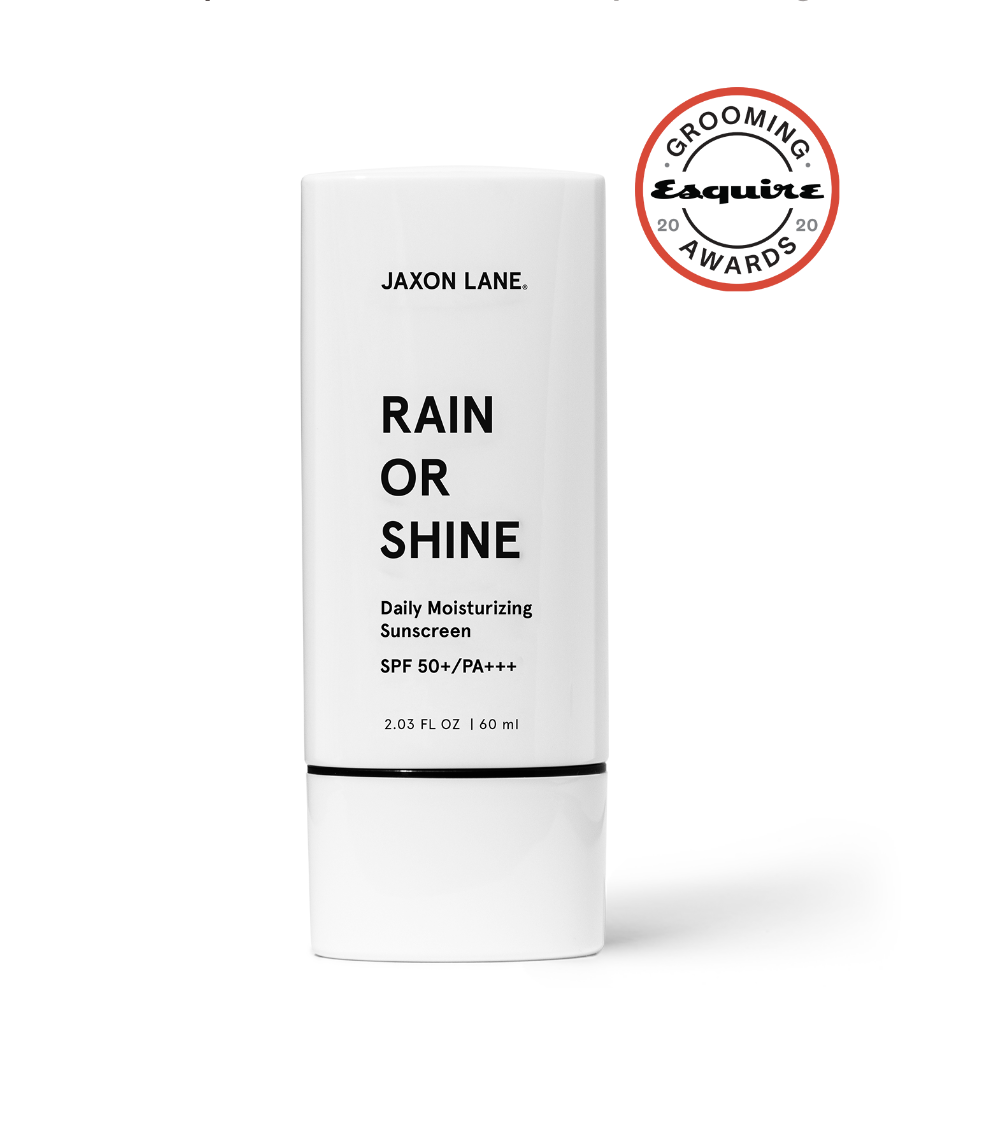dry skin + breakouts: how to deal
Acne-Prone Dry Skin: The Science of Staying Clear Without the Flakes
Most people seek out thick moisturizers for drier skin—but for acne-prone skin, "deep hydration" can mean deep trouble.
The Dry + Breakout-Prone Paradox
- Many acne sufferers report more breakouts in winter, despite drier air. Why? Harsh routines strip moisture, triggering rebound oil production and clogged pores.
- "Protective" cream packed with pore-clogging oils (like coconut or shea butter) worsens acne.
- Over-exfoliation + dry air (in winter or in summer from air conditioning) = an impaired skin barrier, letting in bacteria and irritants that fuel inflammation.
This isn’t just about flakes and shine—it’s about strategic hydration. Here’s how to care for acne-prone dry skin, backed by 20+ years of research.
The 5-Step Acne-fighting Routine for Drier Skin Types
1. Cleanse Without Stripping
Avoid:
- Salicylic acid cleansers (can irritate the eye area; acid works better in leave-on products).
- Hot water (boosts oil production and dries out skin's surface).
- Fragrance (even "natural" essential oils break down your skin barrier).
Do This Instead:
- Use a fragrance-free mild cleanser (like ours) with cool water.
2. Exfoliate—Gently
Avoid:
- Scrubs (they create micro-tears, inviting bacteria).
- Strong acids (glycolic >5% irritates dry skin, our Glow Toner is mild enough for daily use).
Do This Instead:
- Oily/acne zones: Mandelic acid (gentle but pore-penetrating, try our Pore Perfect Toner Sensitive)
- Dry/flaky areas: Lactic acid (hydrates while exfoliating, try our Smoothing Solution)
- Bonus: Pre-apply a non-comedogenic oil (like our 7 Seed Oil Blend) to buffer irritation.
3. Target Bacteria Strategically
- Zinc PCA reduces acne bacteria 50% without dryness (study: Journal of Cosmetic Dermatology, 2020, try our Clear-Up Serum or Clear-Up Serum Sensitive).
- Azelaic acid (like in our Clear-Up Serum) calms redness and unclogs pores.
- You can apply anti-microbial treatments to entire breakout-prone zones or just active pimples, experiment to see what works best for you.
4. Moisturize Like a Scientist
Avoid:
- Thick creams with ceramides, coconut oil, shea butter, or cocoa butter (all clog pores).
- Layering multiple heavy products (slows skin turnover, trapping dead cells).
Do This Instead:
- Lightweight hydrators: All of our moisturizers are essential-oil and fragrance-free, formulated to be non-pore clogging. Choose based on what texture you prefer, and if you're extra sensitive try one of our plant oil-free moisturizers to further reduce allergenic potential.
- Non-comedogenic oils: Camellia seed or cucumber seed (repair barriers *safely*).
- Pro move: Mix 2 drops of 7 Seed Oil Blend into your moisturizer for dry days.
5. SPF: Non-Negotiable
- Skipping sunscreen increases post-acne dark spots by 70% (UV rays reflect off water and even snow!).
- Choose fragrance-free, fluid formulas (like Rain or Shine SPF 50)—no pore-clogging waxes.
What Not to Do
- Facials with steam: heat stimulates oil glands and burns the lining of pores
- Biotin/B12 supplements and energy drinks containing B vitamins: Linked to cystic acne flares (opt for zinc supplements instead).
- Over-reliance on spot-treating: Acne bacteria live everywhere—treat the "whole zone" and focus on prevention rather than chasing zits around with pimple patches after the fact.
These recommendations are real-skin approved: We've tested our products ourselves first, then gotten our clients' green light before committing to formulas.
Key Takeaways
1. Hydrate strategically—layer light products, never heavy creams.
2. Exfoliate gently—mandelic/lactic/glycolic > scrubs
3. Fight bacteria everywhere—not just on visible pimples.
4. SPF daily— UV rays worsen acne scars.
Dry skin can be clear and comfortable—no flaking or clogging required.
Shop our dry, breakout-prone skin collection below:
Refine by
Powered by Lightspeed
Display prices in:USD
